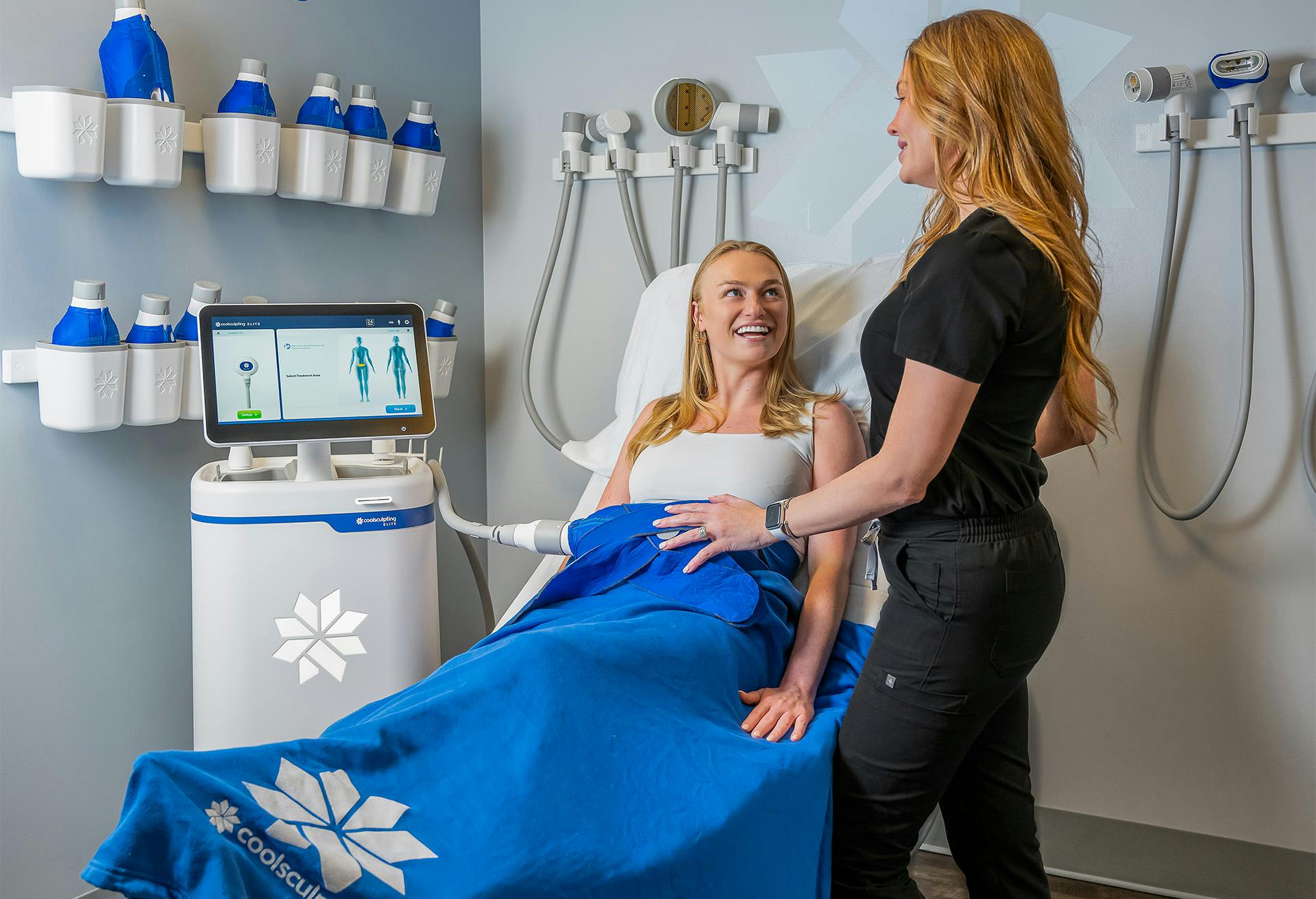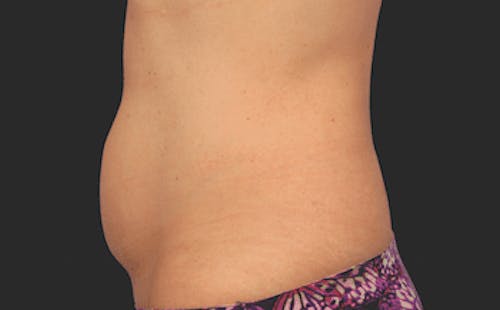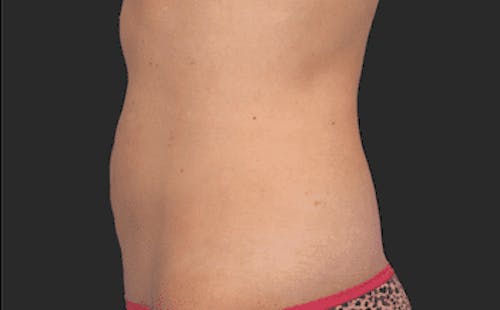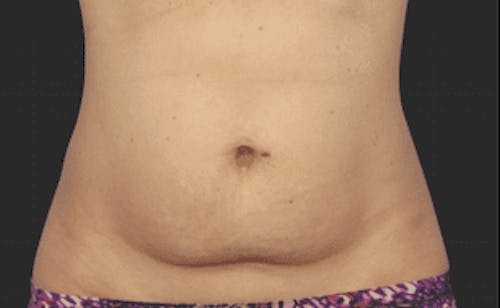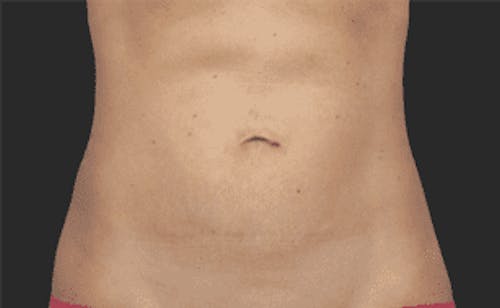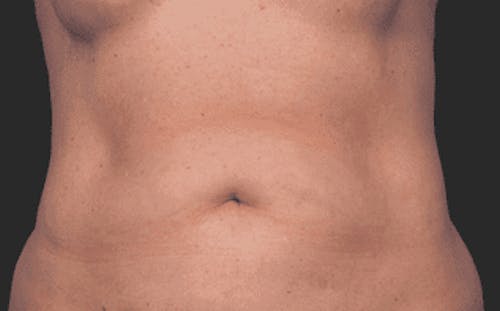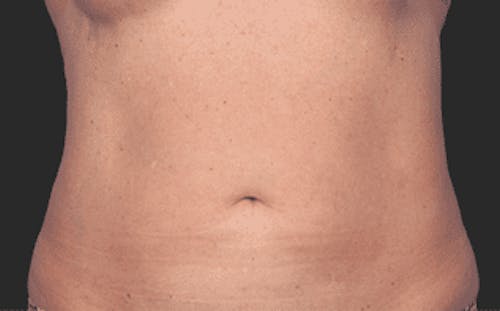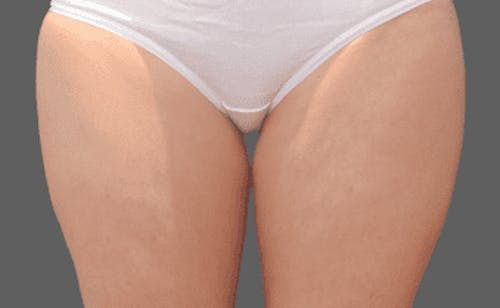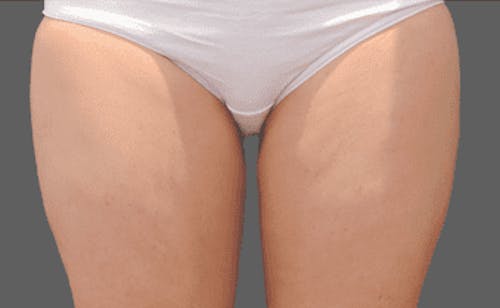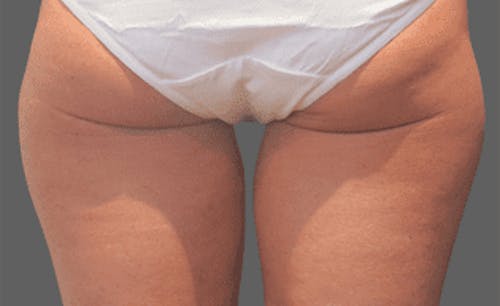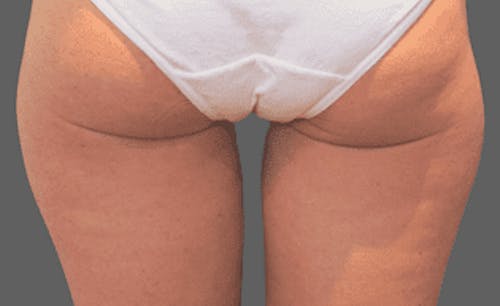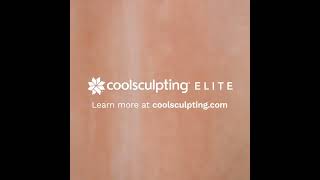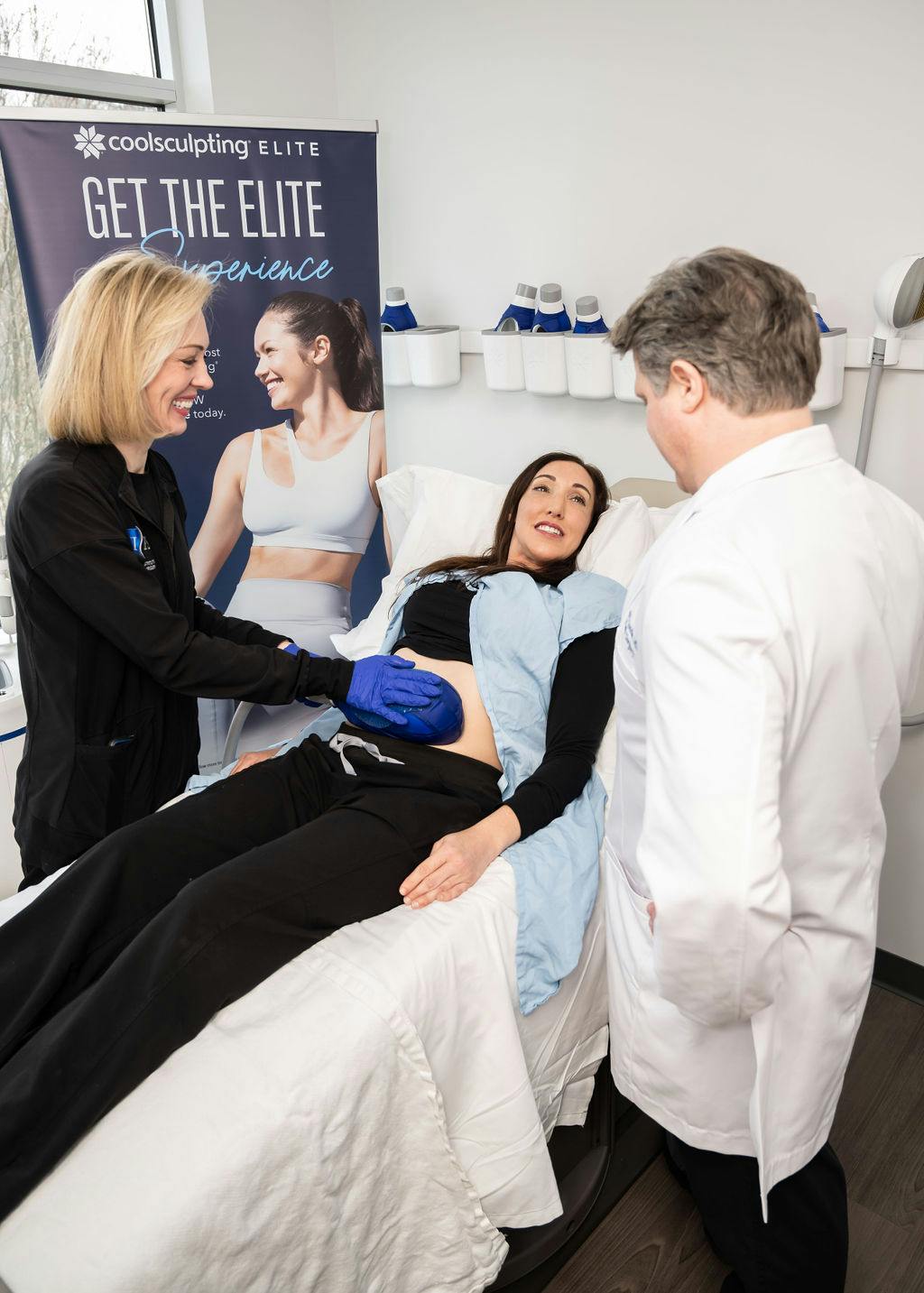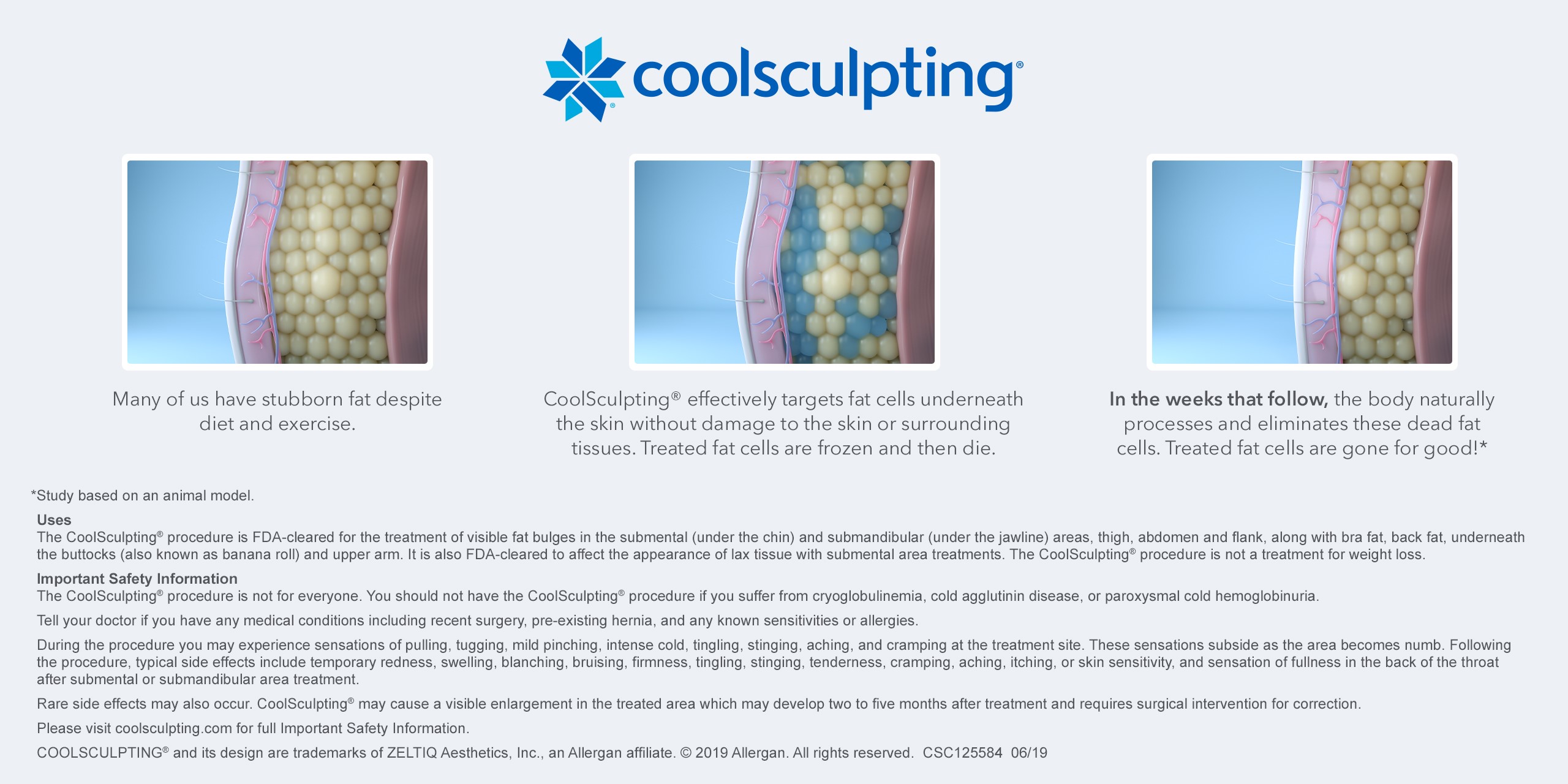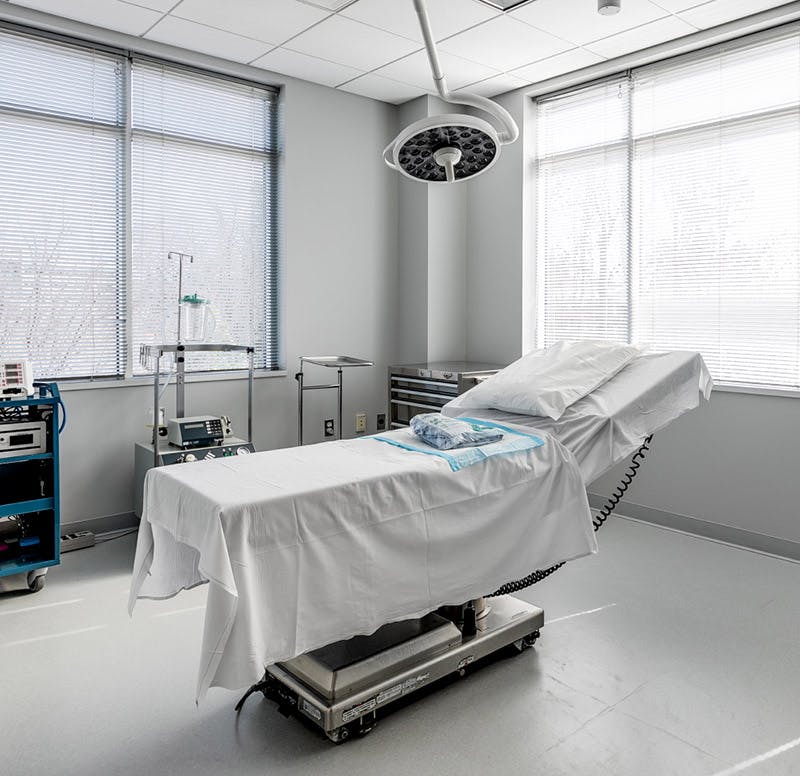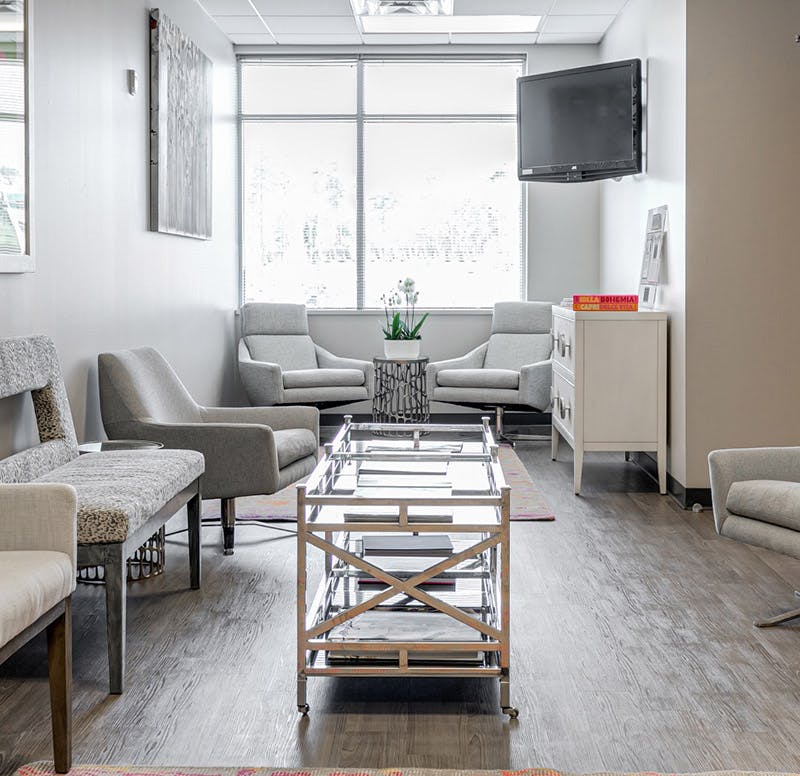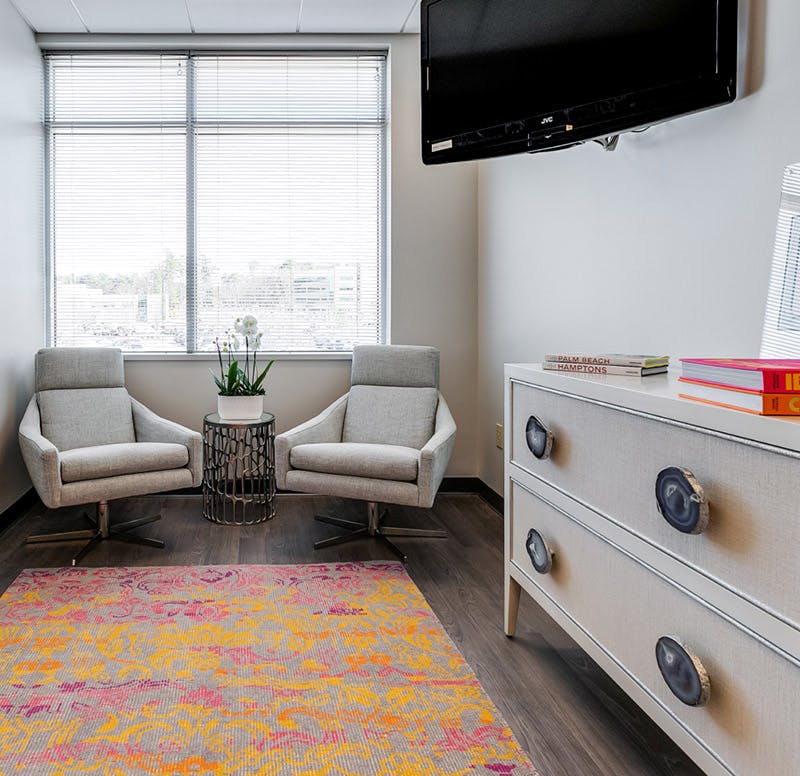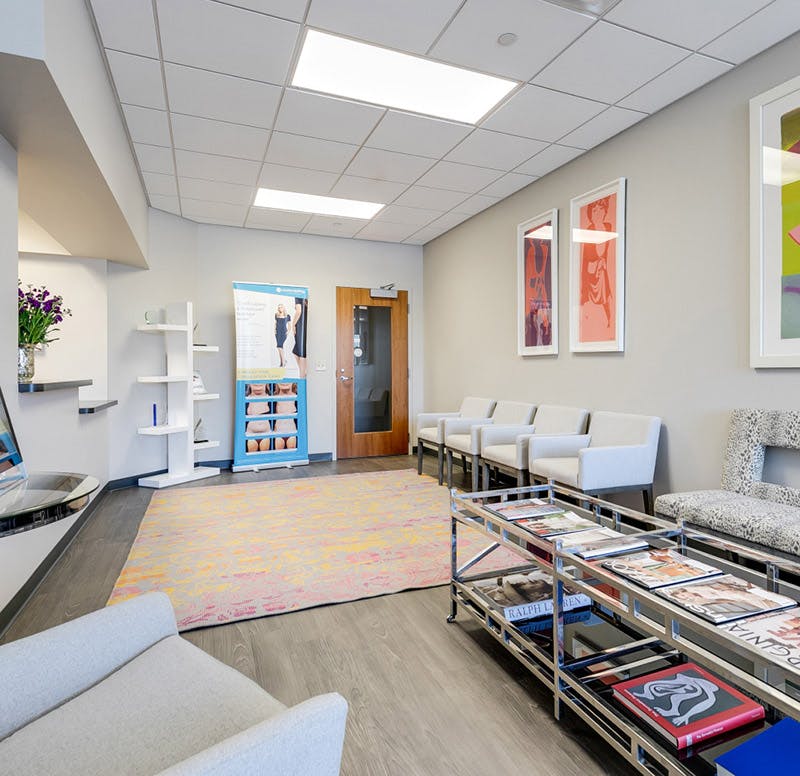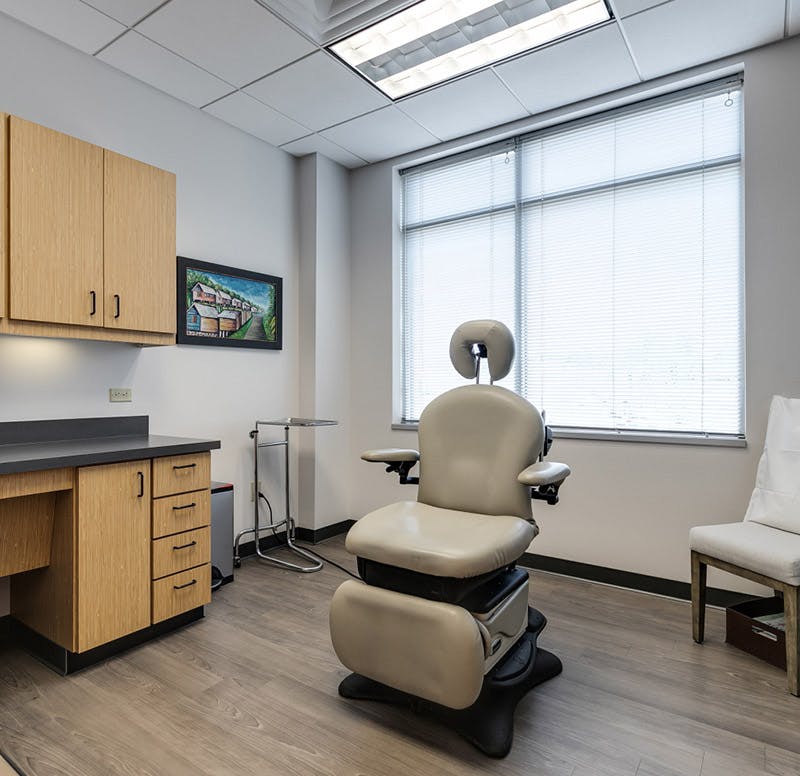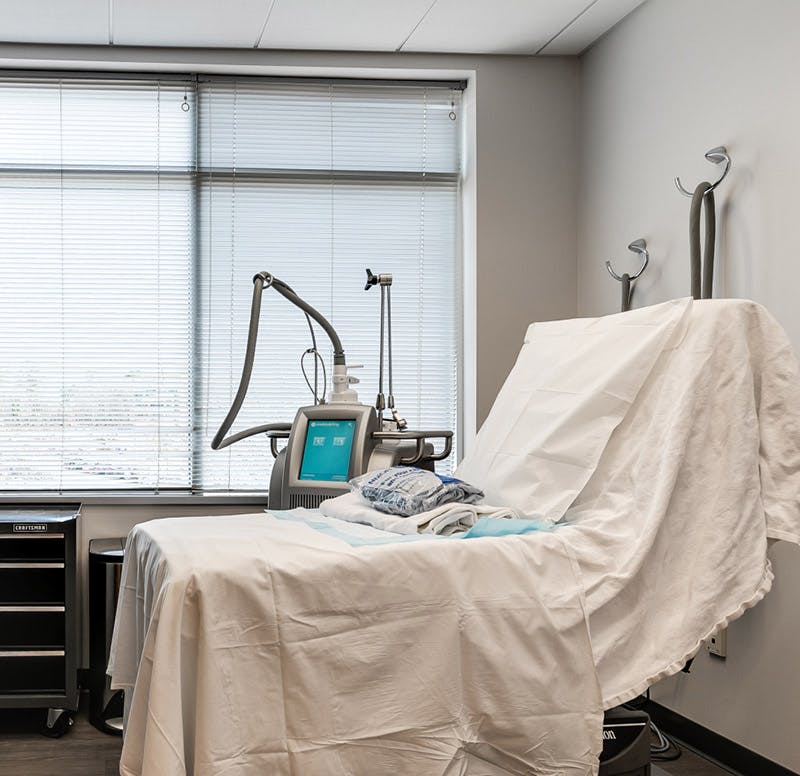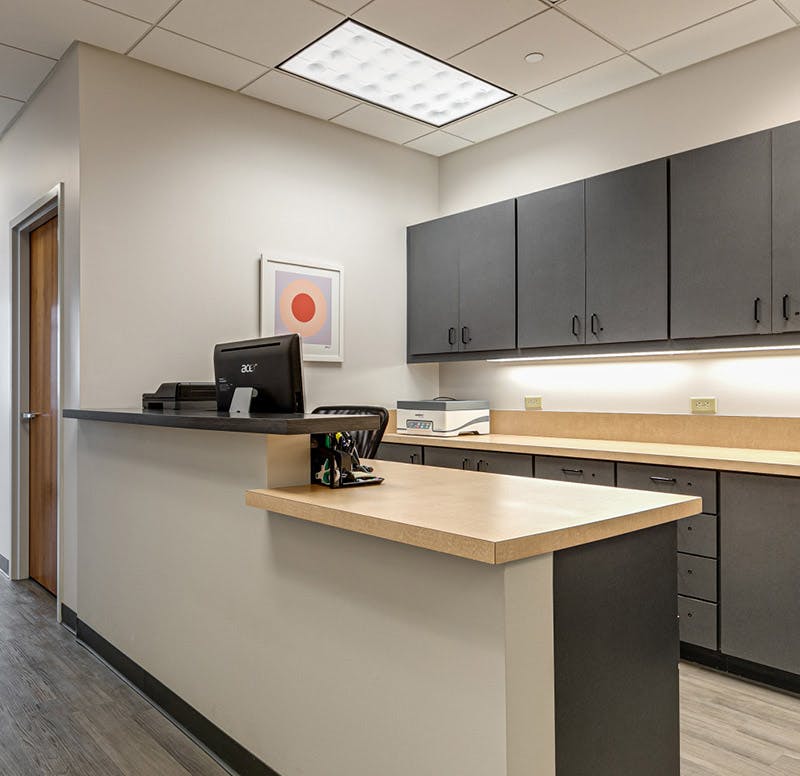We are pleased to be offering our patients CoolSculpting® Elite in Richmond — the latest generation in fat-freezing body contouring technology.

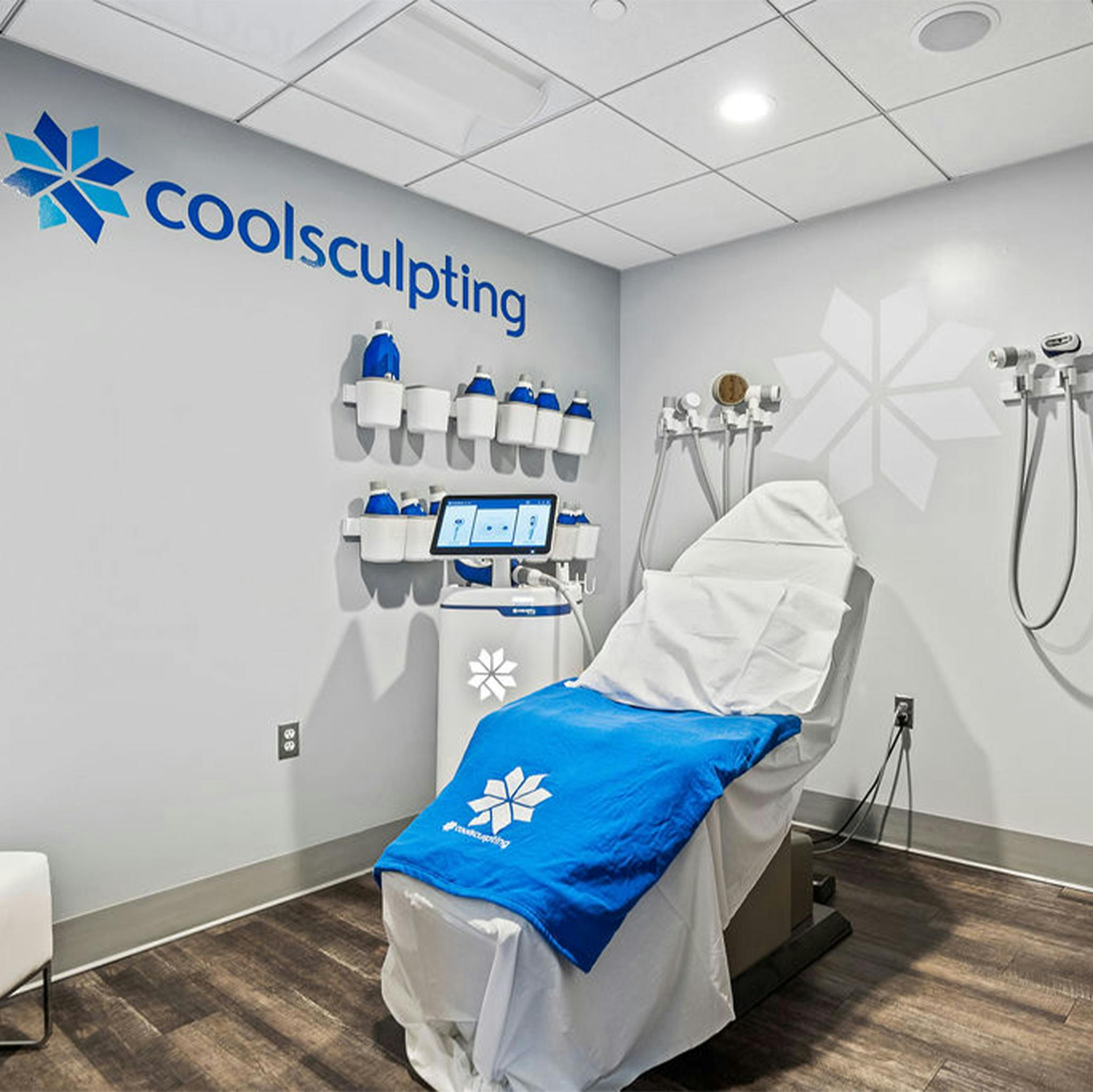
What Areas Can Be Addressed With CoolSculpting?
Dr. Sundin may recommend CoolSculpting as an alternative to surgery when you only have a few areas with stubborn fat. CoolSculpting is not a skin tightening or weight loss procedure, but it is ideal for men and women who are at a healthy weight and are interested in reshaping and contouring certain parts of the body. We also have an applicator that can treat smaller areas. We can treat many common problem areas, including:
- Thighs
- Abdomen
- Love Handles
- Flanks
- Back Fat
- Bra Fat
- Banana Rolls
- Neck
- Arms
CoolSculpting Videos
Why Our Patients Love CoolSculpting Elite
As one of the premier providers of CoolSculpting Elite, we remain committed to providing our patients with the most groundbreaking and cutting-edge innovations in fat reduction and body contouring. Here are just a few of the reasons our patients love the CoolSculpting Elite treatment.
Up to 25% Fat Reduction
With CoolSculpting Elite, you can achieve a greater level of fat reduction compared to the standard CoolSculpting procedure.
Extra Skin Coverage
CoolSculpting Elite covers up to 18% more of your skin surface, which means greater fat cell removal with each treatment session.
DualSculpting Power
While the traditional CoolSculpting device had only one applicator, the CoolSculpting Elite comes with two applicators to treat multiple areas.
Exceptional Versatility
CoolSculpting Elite offers greater scope for customization in fat reduction and enables a higher level of precision while treating nine different body areas.
Advanced Technology
CoolSculpting Elite is the product of 10 years of extensive research and innovation to create a more advanced and effective fat-freezing device.

CoolSculpting Treatment Packaging Options
Like It
- Six Treatments
- $200 Instant Rebate
- 120 BD Points
Love It
- Eight Treatments
- $300 Instant Rebate
- 160 BD Points
Gotta Have It
- 12 Treatments
- $500 Instant Rebate
- 240 BD Points

Burton M. Sundin, MD
Reps B. Sundin, MD
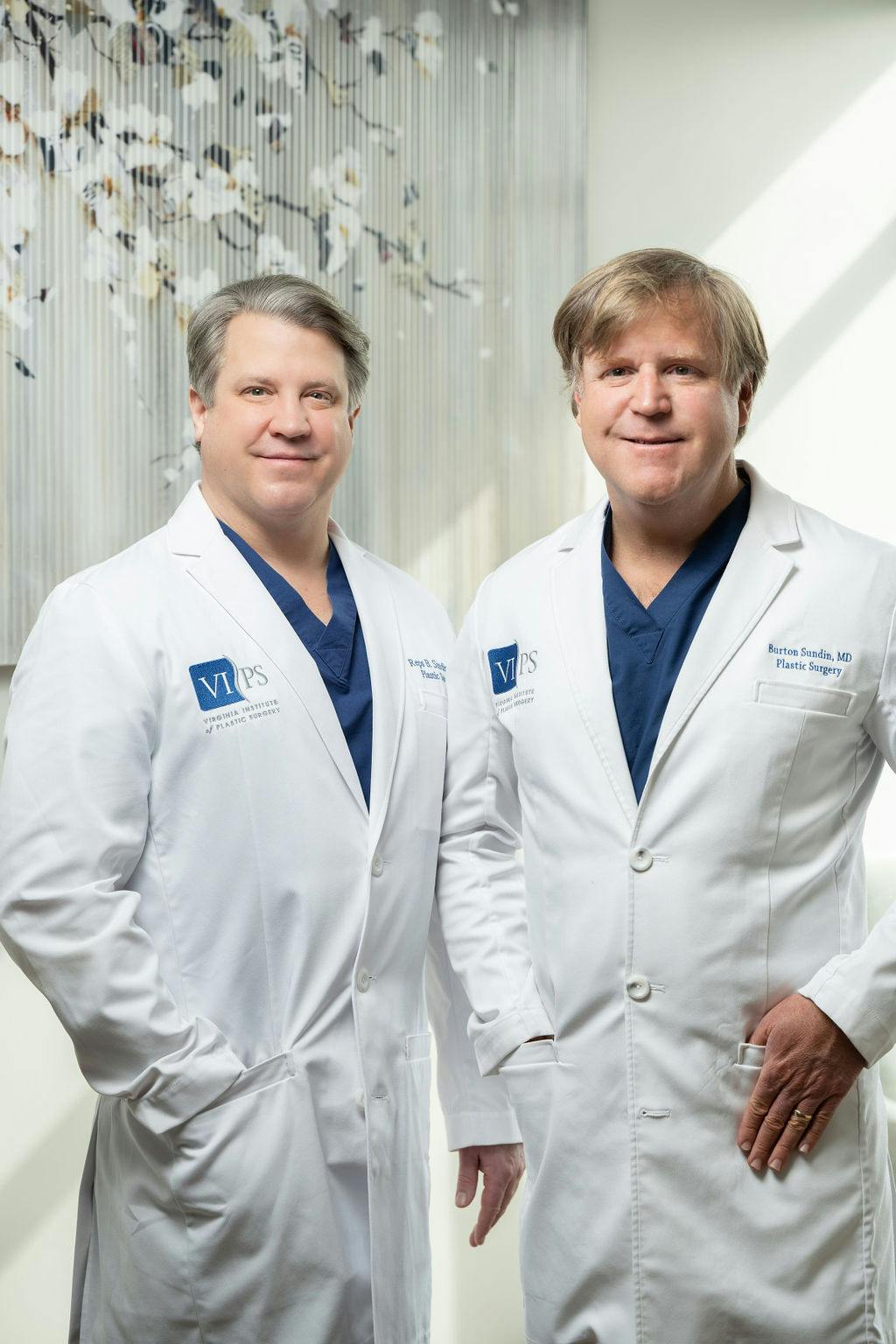
Discover the Dr. Sundin Difference
Brothers Dr. Burton Sundin and Dr. Reps Sundin come with a combined 30 years of experience in plastic surgery and over 11 years of experience with CoolSculpting. They are known for offering their patients a truly elite-level experience. When you visit the Virginia Institute of Plastic Surgery, you'll get to know just a few of the reasons our patients keep coming back:
- A free initial consultation
- Our uniquely personalized approach
- Our practice specializes in both surgical and non-surgical body contouring
- Drs. Sundin are CoolSculpting experts who have performed more than 20,000 treatments to date
- Your treatment will be overseen by a board-certified plastic surgeon
- Price matching means you’ll always pay the lowest advertised price
- CoolSculpting Diamond Provider


PAH Treatment with Dr. Sundin
Board-certified plastic surgeons Dr. Burton and Reps Sundin specialize in cosmetic body contouring procedures and are experts at treating paradoxical hyperplasia caused by CoolSculpting. With over 10 years of experience and having performed over 10,000 treatments, Dr. Sundin is one of the largest CoolSculpting providers in the United States.
As a trusted provider, Dr. Sundin has been invited to lecture on CoolSculpting and participate in expert advisory panels for Allergan, the parent company of CoolSculpting. If you have complications with CoolSculpting, please call the Virginia Institute of Plastic Surgery for an evaluation. We can review your case and determine whether liposuction is the solution for you.

CoolSculpting FAQ
How old do I have to be for CoolSculpting?
Is coolsculpting painful?
Will CoolSculpting Elite get rid of my cellulite?
How often should I get CoolSculpting?
Will CoolSculpting help me lose weight?
How long does swelling last after CoolSculpting?
Can CoolSculpting get rid of my saddlebags?
Can CoolSculpting help with gynecomastia?
How old do I have to be for CoolSculpting?
CoolSculpting is FDA-cleared for individuals aged 18 and older.
Is coolsculpting painful?
CoolSculpting may cause some discomfort during the treatment, but most patients report only mild or moderate sensations of pulling, tugging, or coldness.
Will CoolSculpting Elite get rid of my cellulite?
CoolSculpting Elite is not intended to treat cellulite directly, but it can help reduce excess fat in the treated area, which may result in a smoother-looking skin.
How often should I get CoolSculpting?
It is recommended to wait at least two to three months between CoolSculpting treatments in the same area.
Will CoolSculpting help me lose weight?
CoolSculpting is not a weight loss treatment; it is designed to reduce localized fat deposits in specific areas of the body.
How long does swelling last after CoolSculpting?
Swelling after CoolSculpting can last for up to two weeks, but it typically subsides within a few days.
Can CoolSculpting get rid of my saddlebags?
Yes, CoolSculpting can be an effective non-surgical treatment option to reduce saddlebags and contour the thighs.
Can CoolSculpting help with gynecomastia?
Yes, CoolSculpting can help with gynecomastia by reducing excess fat in the chest area, but it may not be suitable for severe cases or cases primarily caused by glandular tissue enlargement, in which case surgical intervention may be more appropriate.
